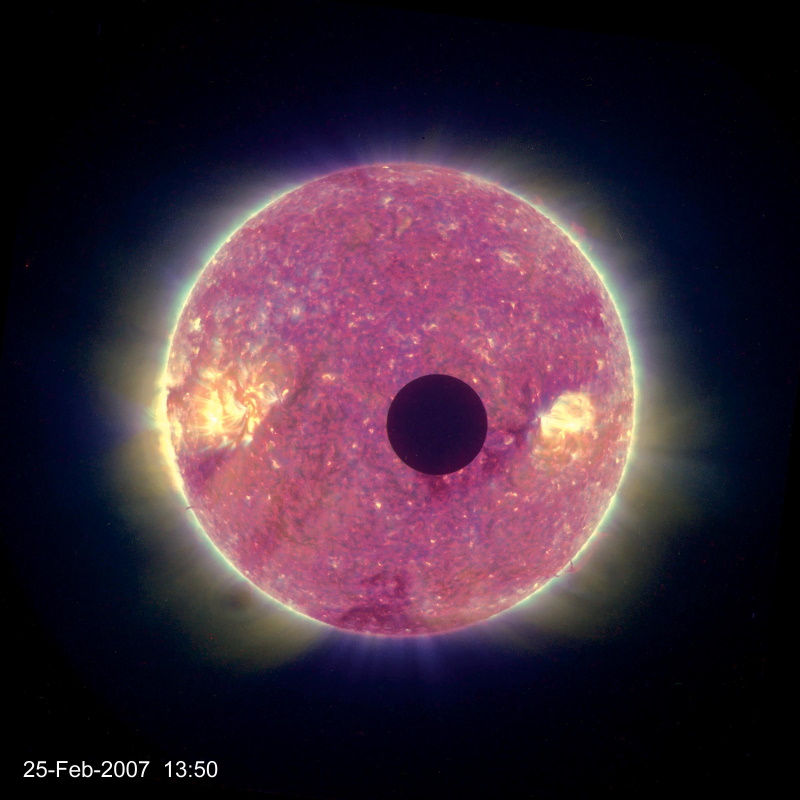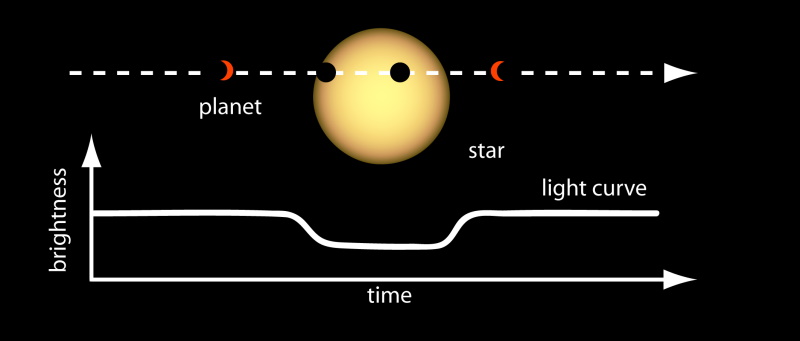News
A New Conceptual Mission Proposes to Study Earth Like an Exoplanet
Imagine Earth was a planet in another solar system. A blue-hued, water-covered, cloudy exoplanet that’s light-years away and that our telescopes can best see when it passes in front of its Sun. Do you think we could tell if there is life there? Or that it’s even habitable?
That’s what a research team, led by the Johns Hopkins Applied Physics Laboratory (APL) in Laurel, Maryland, wants to uncover through a conceptual Earth Transit Observer mission, discussed this week during the virtual 2021 Lunar and Planetary Science Conference. The endeavor is not about confirming what everyone already knows (Earth is, in fact, habitable and inhabited); it’s about proving whether the method researchers currently use to determine if a planet is habitable — and that future telescopes such as NASA’s James Webb Space Telescope will use — actually works.
“Exoplanet researchers are trying to do planetary science, biology and atmospheric science with really bad data relative to what those disciplines get to actually work with,” said APL exoplanet astronomer Laura Mayorga, a team member and lead author on an upcoming paper about the mission proposal in The Planetary Science Journal. “It’s not that our data is actually bad. It’s just that we have to look for things in a sort of roundabout way.”
Finding habitable worlds like Earth requires being able to see the molecular indicators that life could be supported or present, such as signs of water, plus coexisting oxygen and methane. To do that, scientists have relied on the transit method, a technique used since 1999 that looks for the slight dip in a star’s light as a planet passes in front of it. Molecules in the planet’s atmosphere absorb certain frequencies of light from the star, which researchers back here on Earth can decipher based on the light that arrives.
But because stars produce a lot of light, those molecular signals are often tiny — smaller than 20 parts per million, which is like trying to find 30 grains of sand in a 32-ounce bottle. “And heaven forbid if the planet doesn’t have an atmosphere,” Mayorga said, laughing. “If it’s just an airless body, we’ll never know. We’ll just measure and measure and measure, and be like, ‘Why is it flat? I can’t see anything!’”
Researchers try amplifying these miniscule signals by watching planets transit dozens of times, collecting spectrographic measurements with each pass. They then stack those measurements, which boosts the signal.
That method, though, could be problematic, Mayorga said, because it treats both the planet and star as static bodies, “and that’s obviously not true.”
Changing seasons, shifting weather patterns and flowing ocean currents all affect Earth’s atmosphere. And the Sun’s activity can shift dramatically: Sometimes it’s covered in spots and gives off powerful flares, and other times it’s quiet and tranquil. Any of these variations could potentially lead to false detections of those critical molecules.
“It all comes back to this problem that you need to know your stars as well as anticipate what your planet is going to look like,” Mayorga said. For the most part, scientists know none of those details at the outset. “It’s a very hard problem,” she said.
However, it’s an issue that Mayorga and others believe could be addressed by a small mission to study Earth as it transits the Sun. The idea is to send a small satellite past a dynamically stable point about 930,000 miles (1.5 million kilometers) beyond Earth called Lagrange Point 2, roughly where the James Webb Space Telescope will eventually reside. There, the spacecraft can pass across the Earth-Sun line and watch as Earth transits the Sun, collecting data as if Earth were a potentially habitable exoplanet.

